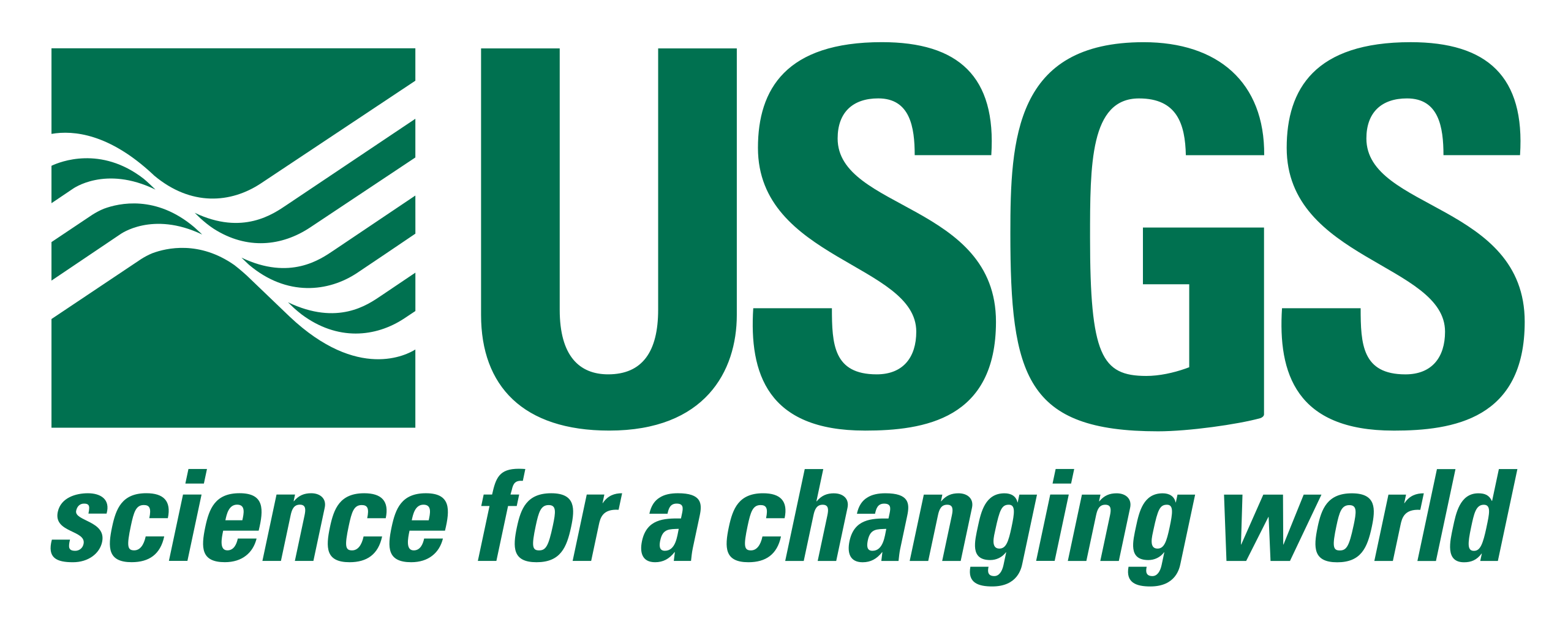In recent years, the rise in sophisticated cyberthreats has led to an increased global focus on cybersecurity. Governments worldwide are now placing a higher priority on developing strategies and regulations to counter these threats. This focus is evident in key initiatives such as the White House Executive Order 14028, the NIST Secure Software Development Framework, the European Union Cyber Resilience Act, and the CISA Secure by Design Pledge, to name a few. All of these guidelines and requirements advocate for a robust approach to cybersecurity, emphasizing the need for comprehensive and proactive security measures—including for open source components.
Tidelift is used by government agencies implementing defense-in-depth and secure by design principles both in the software they build internally and in the software they acquire from suppliers.





"The United States Air Force, and the Government as a whole, are among the largest consumers of open source software. With the increasing requirements around Software Supply Chain Risk Management (SCRM) and Software Bills of Materials (SBOM) initiatives, we are excited to partner with Tidelift to enhance cybersecurity resilience outcomes for open source software dependencies that support our most critical work."
Robert "Devo" DeVincent, Chief Software Officer, Air Force 309th Software Engineering Group.
The Tidelift Subscription is leveraged by federal agencies to strengthen their cybersecurity supply chain risk management (C-SCRM) initiatives. Defense-in-depth is a cybersecurity principle that incorporates both a reactive and proactive approach towards open source supply chain security. With reactive strategies already in place, these agencies now want to enhance their defense-in-depth capabilities by evaluating open source packages and identifying early risk indicators to avoid packages that could be impacted by vulnerabilities in the future.
As customers of Tidelift, these agencies have built a data driven approach, that includes human-validated, first-party insights from Tidelift and our partnered open source maintainers to evaluate risk indicators such as:
Proactively evaluating open source software is an effective solution to eliminating risks associated with new open source software. However, most federal agencies that work with Tidelift also depend on a vast footprint of open source software that they previously brought in for application development. Having identified risk vectors linked to these under maintained open source components, these agencies are now focused on taking necessary steps to minimize their exposure. To address these challenges, they are leveraging Tidelift's network of partnered maintainers, and incentivizing them to work together with other open source maintainers and contributors to implement and enforce more secure software development practices such as those outlined in the NIST Secure Software Development Framework (SSDF).

jackson-databind

minimist
urllib3

SockJS

Jordan Harband

Pillow

Mongoose

Apache Commons

In light of recent events such as Log4Shell and xz utils, many of the agencies that work with Tidelift recognize that reacting to late-stage risk and vulnerabilities alone is no longer enough to secure software. Open source software supply chain threats are much broader than what CVEs tell us—and managing all of this at scale is overwhelming. The path out of such fire drills is using data to drive action, earlier.
To mitigate risks, agencies are looking to migrate away from outdated software versions, tackling technical debt that poses the greatest threat, and prioritizing the most relevant vulnerabilities impacting their software. All of these initiatives require a significant undertaking, and federal agencies often struggle to prioritize actions that would have the most substantial impact on risk reduction.
Working with Tidelift has allowed federal agencies to adopt a more efficient and data-driven approach for managing technical debt and addressing vulnerabilities. This approach focuses on maximizing impact by predicting possible compromises and assessing risk indicators such as:
It is important to remember that open source software, while free, must be used in line with the license that it is made available under. Open source licenses are crucial because they define the terms under which the software can be used, modified, and distributed. They ensure that the rights of both the original creators and the users are protected, setting clear boundaries for how the software can be utilized. Tidelift is working with a number of federal agencies who require full transparency and understanding of the licensing policies in place across all of the open source in use, in an effort to prevent legal and financial ramifications.
Tidelift’s data research team, in partnership with open source maintainers, maintains machine readable SPDX license data for millions of open source packages. We ingest license data from various sources, curate and normalize the data. Most importantly our team is able to identify missing or inaccurate license information and then does the manual research to correct the license information. This allows federal agencies to confidently evaluate licensing requirements on a per-release basis with the ability to answer questions such as:


Per Executive Order 14028, healthcare, automotive, and critical infrastructure require software vendors to provide an SBOM along with software attestation. However, simply generating SBOMs is not enough, and government agencies are looking for solutions to systematically analyze SBOMs and to operationalize the data. They are specifically asking “what do we do with all these SBOMs?”
Tidelift, along with other leaders in the space, is helping government agencies to automate supply chain compliance requirements by digesting SBOM data and triggering intelligent data based decisions regarding:
Government agencies need visibility and specific insights relating to security, maintenance, development, and licensing practices for their open source software supply chain. Yet, the so-called open source software supply chain is not a traditional supply chain in that open source maintainers typically do not have a business relationship with their users and license their software “as-is” with no warranty. With Tidelift, government organizations can achieve the following key outcomes:
Tidelift is the only company that partners with and pays open source maintainers to implement enterprise class secure software development practices and validate the practices they follow so organizations can have the same confidence in the security of their open source that they have in their own code. In addition, our relationships ensure that maintainers are contractually committed to continuing these practices into the future so that federal agencies can confidently make long term investments in the software they use.
At Tidelift, we advocate applying the fundamental cybersecurity principle of a defense-in-depth approach to open source software supply chain security that utilizes both a reactive approach such as using SCA tools, and a proactive approach. This helps in preparing for future compromises and ensuring the open source software being used is developed using secure development practices, in order to minimize the likelihood of being impacted by issues and vulnerabilities in the future.
Questions to consider before using specific open source software:
Tidelift is a proud signee of the US Cybersecurity and Infrastructure Security Agency’s (CISA) Secure by Design pledge, having joined other leading technology companies in an industry-wide effort to ensure security is built into the design of products from the start. At Tidelift, we collaborate closely with open source maintainers to integrate secure by design principles into their projects, helping protect the software supply chain from emerging threats. Below are some examples of how we work with maintainers to ensure their projects are built with security at the forefront.

Maintainer Tatu Saloranta completely rearchitected jackson-databind and eliminated the risk of remote code execution (RCE) vulnerabilities.
Maintainer Seth Michael Larson was able to substantially improve urllib3 security practices thanks to income from Tidelift and its customers.